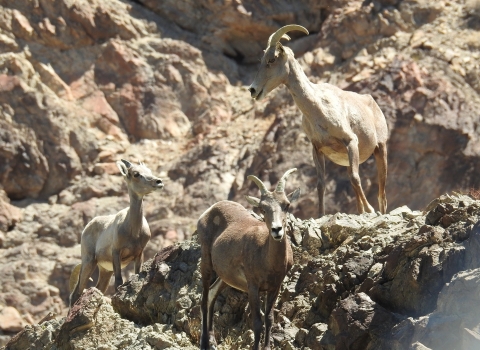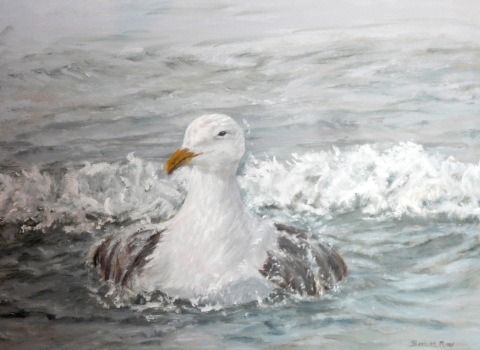The gopher frog (Lithobates capito) is one of the rarest frogs in the southeast. This unique species has a complex life cycle that is dependent on ephemeral wetlands in long pine ecosystems. Gopher frogs have state protections throughout their range and federal endangered species act protection is currently under review.
Hatchery head start programs support population growth.
The primary threat to the gopher frog is loss of seasonal wetland habitat used for breeding, which usually occurs in the late winter and spring. Bears Bluff National Fish Hatchery in South Carolina, began working with the Carolina gopher frog in 2019 to enhance a declining population in the Francis Marion National Forest.
Frog eggs are collected in late winter and hatch soon after the collection. The tadpoles are then evenly distributed to outdoor mesocosms prepared with dried maidencane (Panicum hemitomon) and filled with rainwater and reverse-osmosis-treated water. For the next three months the tadpoles graze on algae that grows on the native maidencane. Algae pellets are also offered three times per week as supplemental feed. The tadpoles begin to metamorphose into frogs after approximately 90 days. Newly morphed frogs are removed from the mesocosms and marked to identify them in future recapture studies.
Bears Bluff works with Partners for Amphibian and Reptile Conservation, the Forest Service, South Carolina Department of Natural Resources, and the Charleston Ecological Services Field office on this gopher frog conservation effort. In 2022 the hatchery has successfully released 483 frogs, 97% of the tadpoles started with in February.
Hatcheries across the southeast are involved in the effort to support gopher frog recovery.
Across the southeast, national fish hatcheries are raising at-risk gopher frogs in a safe captive environment for eventual release into a natural setting. Orangeburg National Fish Hatchery, Edenton National Fish Hatchery and Warm Springs National Fish Hatchery all work with partners to help raise and release gopher frogs. This work, along with habitat restoration, and other protections, can help boost and support wild populations.




